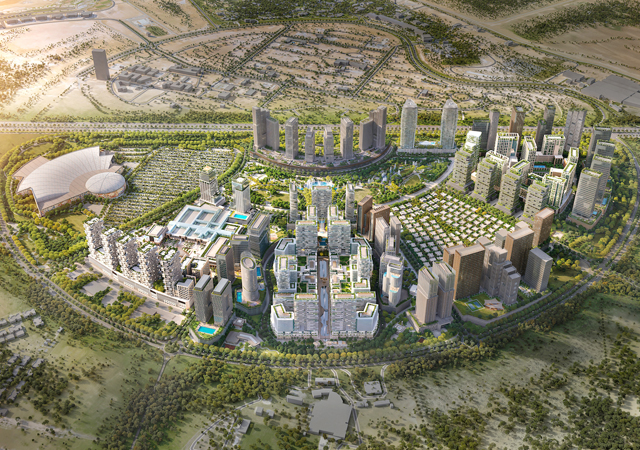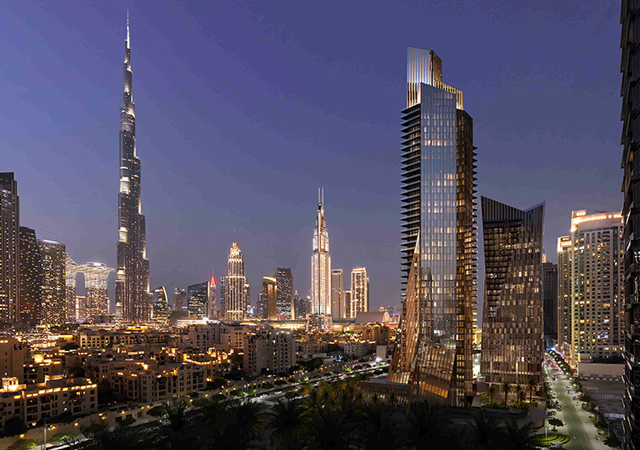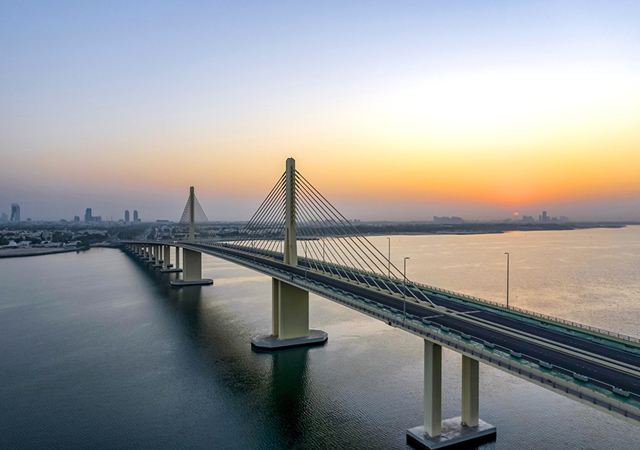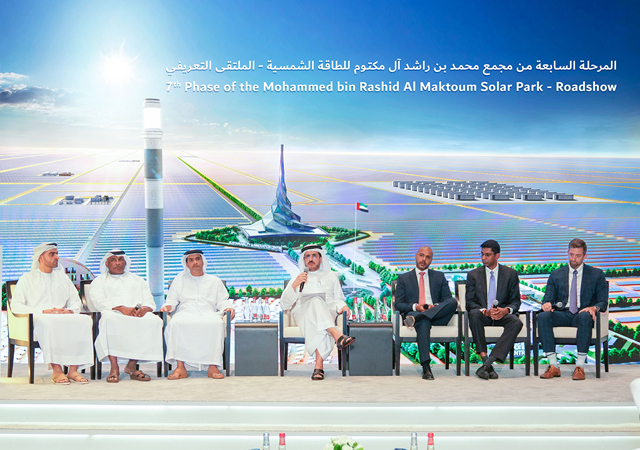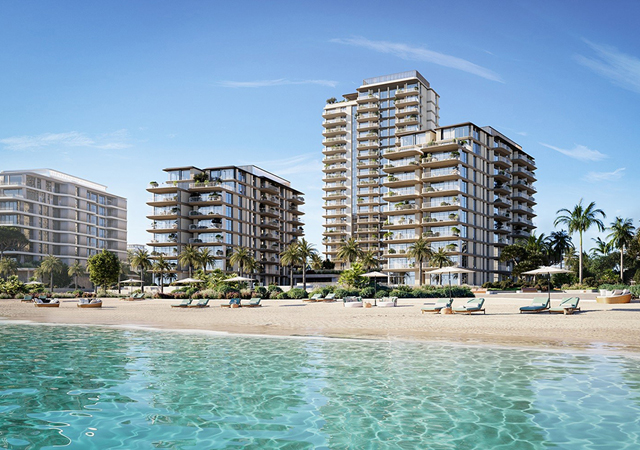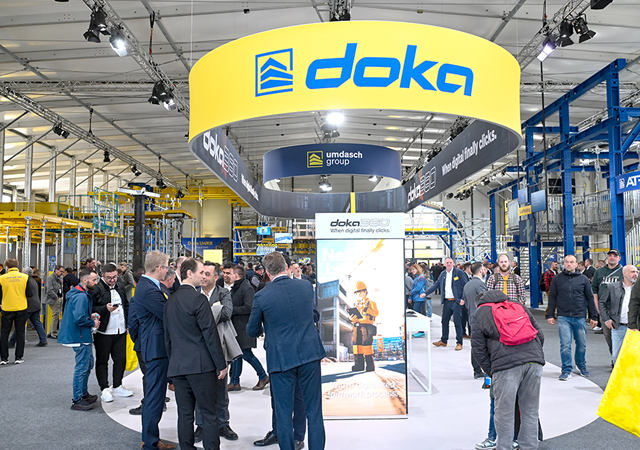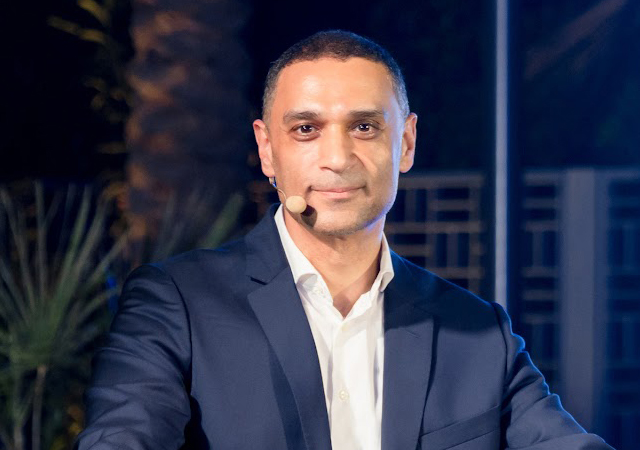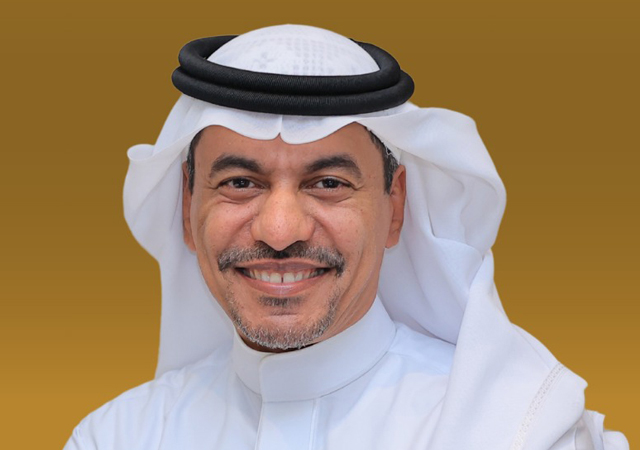
 Cho: “The new model will be introduced shortly in the Middle East.”
Cho: “The new model will be introduced shortly in the Middle East.”
In line with the demands of the commercial buildings market, Korea-headquartered LG Electronics – a pioneer in air-conditioning technology – has launched the new Multi F DX commercial air-conditioning system, designed for three-phase power use.
“The three-phase power system is mainly installed in commercial buildings where energy consumption is much greater than domestic use,” explains a spokesman for LG Electronics. “Until now, most multi air-conditioners were produced for single-phase electricity supply, which meant a separate transformer was needed for the installation of an air-conditioning system in a commercial building with three-phase power.
The Multi F DX – an upgrade from the Multi F system – can connect up to nine indoor units from one outdoor unit, using distributor boxes which of which can bridge up to four indoor units. The installer can choose the indoor units from LG’s wide range of residential air conditioners, including its popular picture-frame style indoor unit, Artcool.
The Multi F air conditioning system was mainly aimed at domestic buildings, connecting up to four indoor units to one outdoor unit.
“The new Multi F DX is another step forward in our efforts to provide products that are customised for different building designs and specifications – the aim is to optimise effectiveness and energy-efficiency of the system,” says Khang Young Jin, vice president of LG Electronics air-conditioning overseas marketing team.
In order to provide more tailored products and service for buildings with different constructions and applications, the company offers diverse designs and capacities for their air conditioning systems.
The Multi F DX will be introduced with four different capacities: 9.7 kW, 12.3 kW, 14.1 kW and 15.2 kW. Long piping up to 145 m and elevation up to 30 m allows more flexible installation, easily adapting to a building’s architecture.
The system also includes a DC inverter compressor, which reduces the energy consumption of the air-conditioning system by inverter technology and provides reliable and quiet operation.
The new model, introduced simultaneously in the European market, will shortly be launched in the Middle East, according to C K Cho, LG Electronics general manager for Saudi Arabia.
Building on the global recognition of its leadership in residential air-conditioners, LG plans to aggressively expand its commercial air-conditioner business from this year and aims to take the top place in this sector by 2010 with projected annual sales of $3.5 billion.
It will increase the research and development (R&D) investment to 10 per cent of total sales and also double the size of its R&D team by 2008.
The company plans to launch commercial air-conditioners with versatile volume and design for indoor units and diverse capacity for outdoor units as well as customised systems to ideally suit each building.
As a part of its long-term customer service strategy, LG currently runs 27 air-conditioner academies worldwide, providing information and guidelines on management and trouble-shooting methods for commercial air conditioners.
LG Electronics, a major force and technology innovator in electronics, recorded one of the highest profits among leading international home appliance brands last year with operating profits of 5.8 percent or $575 million on global sales of home appliances exceeding $10 billion.
The global sales volume reflects 14 per cent growth from the previous year and the compound annual growth rate of LG’s home appliance business has been 20 per cent since 2001.
“We had a successful year with global sales exceeding $10 billion, which puts us at the top-tier international home appliance brands. More importantly, we have achieved one of the highest levels of profitability in home appliance industry. In both sales volume and profitability, our growth sets us apart from our competitors, especially considering the relatively slow growth of the industry and outside pressures such as the hike in resource prices,” says Young Ha Lee, president and CEO of the company.
By product category, the home appliance unit achieved an evenly spread sales volume. The top three sources of revenue were air-conditioners, refrigerators and washing machines, with LG recording $3.2 billion, $2.6 billion, and $2 billion from each category, respectively.
With 72,100 employees working in 77 subsidiaries and marketing units around the world, LG plans to continue the momentum of sound business growth by advancing into the business-to-business appliance installation market, such as built-in appliances and commercial air conditioners. To differentiate itself from its competitors, LG aims to customise the design and installation of appliances to cater for different building conditions and the different needs of builders.
“LG foresees the future in the form of integrated, networked appliance systems rather than individual, non-interacting appliances. Commercial air-conditioners and built-in appliances will contribute to realising our vision of networked homes and home appliances that communicate with each other and with the end-user,” adds Lee.
LG Electronics is fast becoming the leader of the global home appliance industry, ranking No.1 in the sale of air conditioners. It claims to have been the first company to commercialise a full line of Web-enabled home network appliances including refrigerators, washing machines, microwave ovens and air conditioners and is increasingly seen as a leader in premium appliances, including the TV refrigerator.


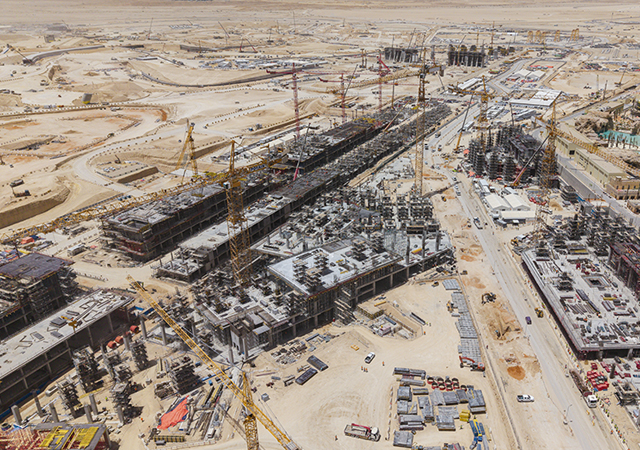

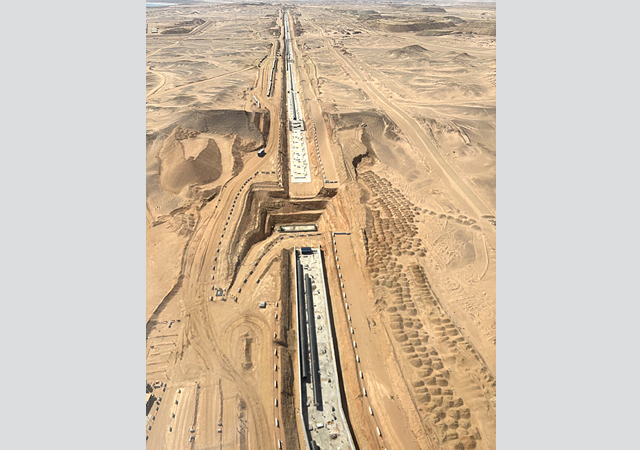
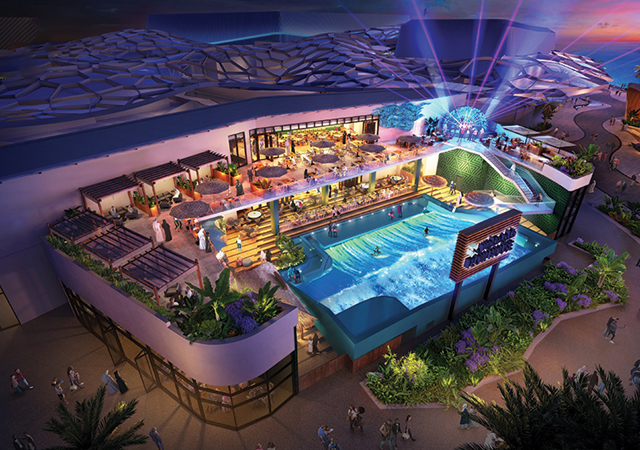
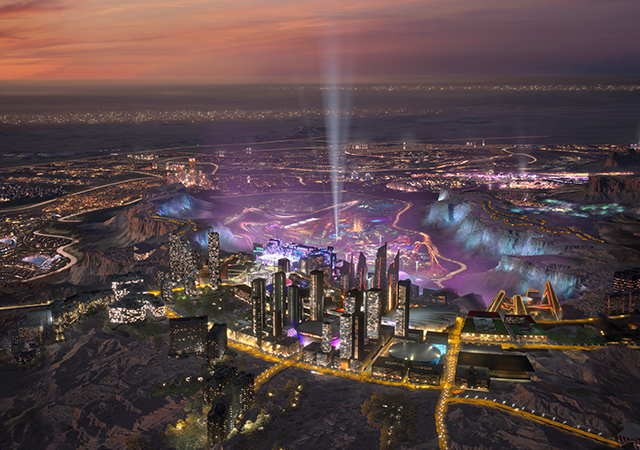

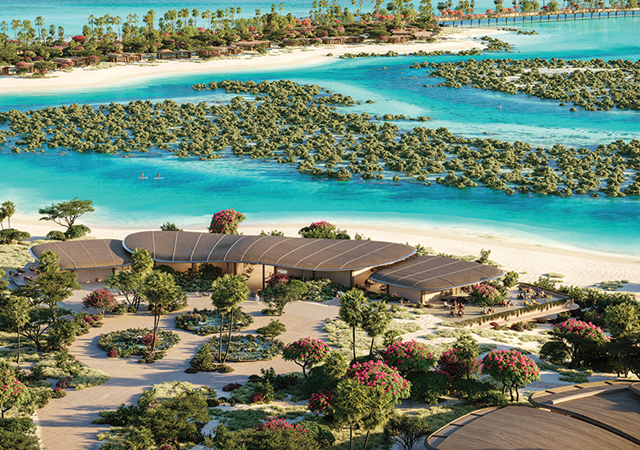
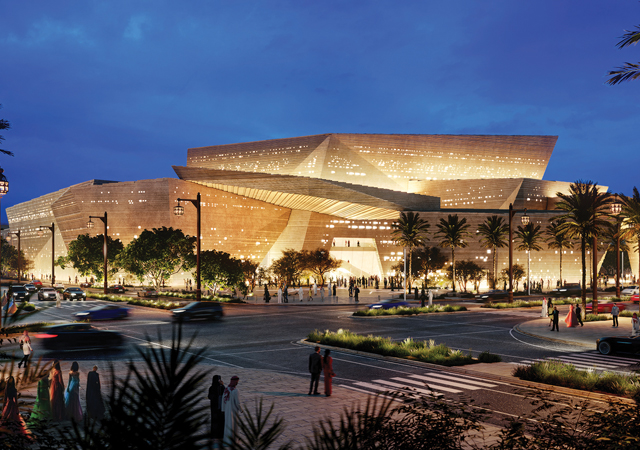
 BIG.jpg)
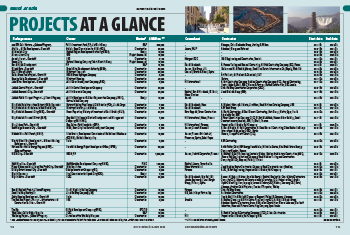
.jpg)
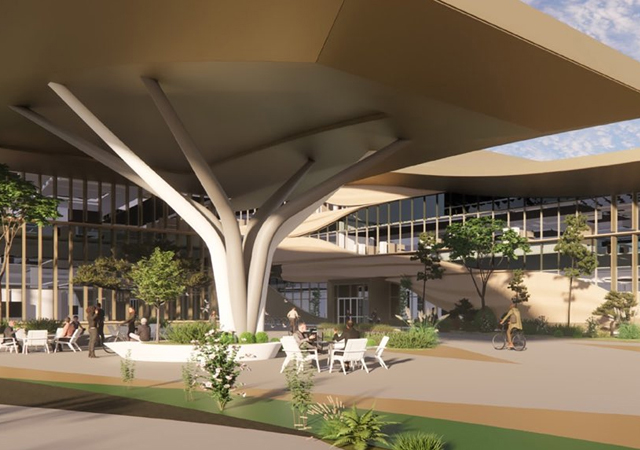
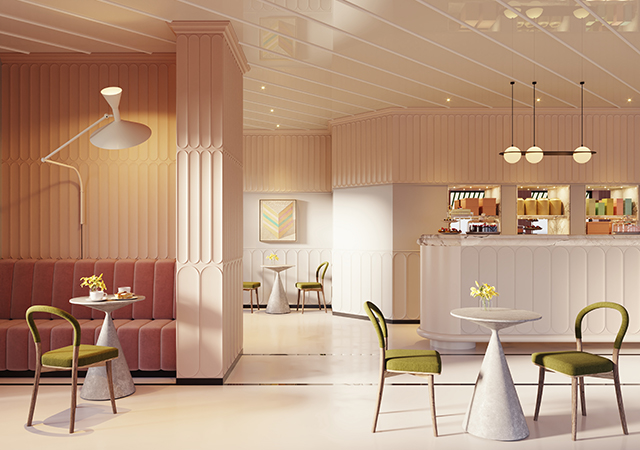
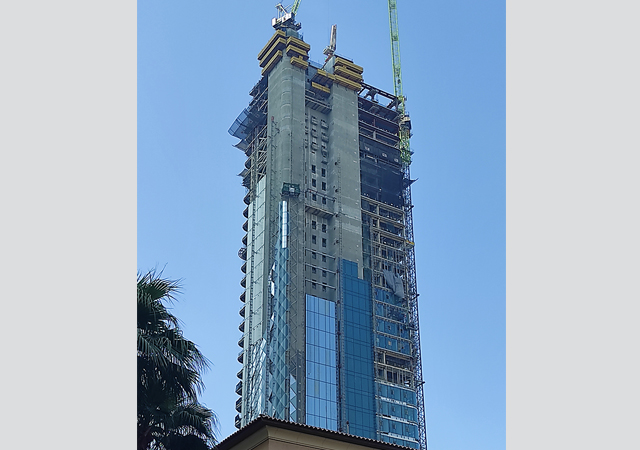
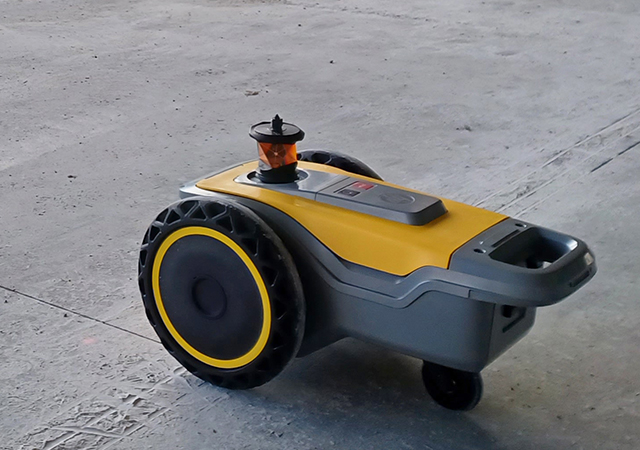
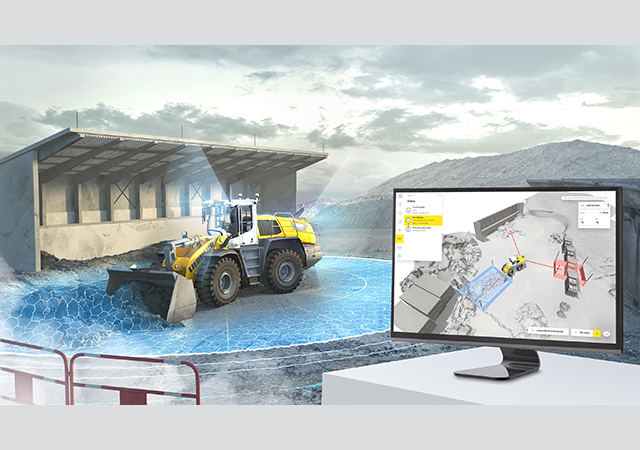
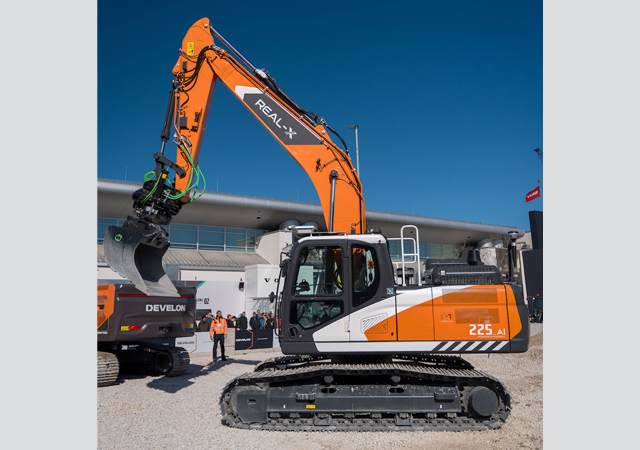
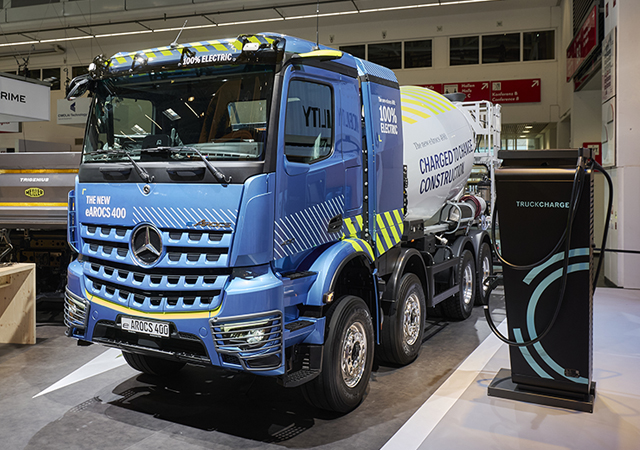

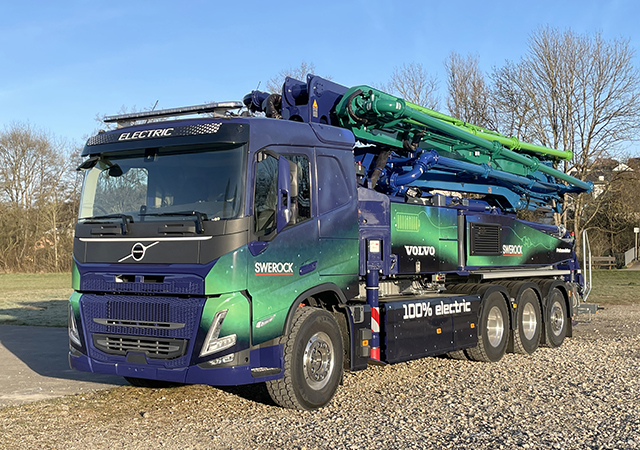

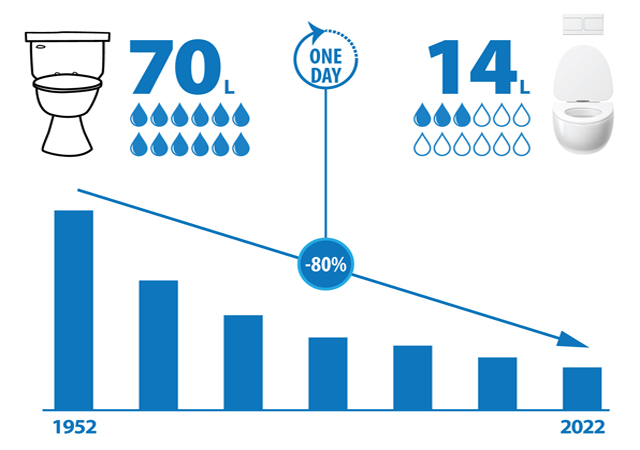

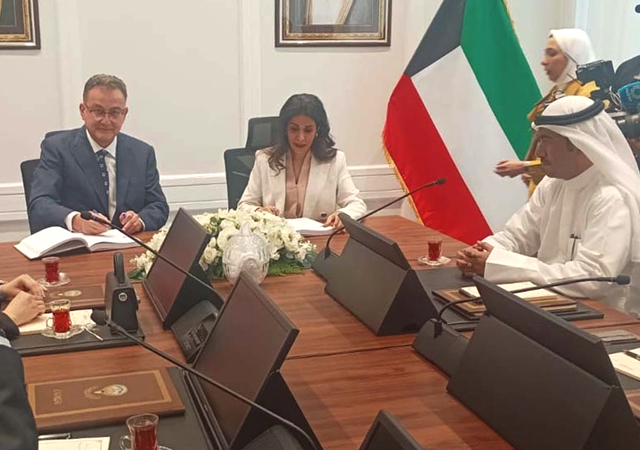
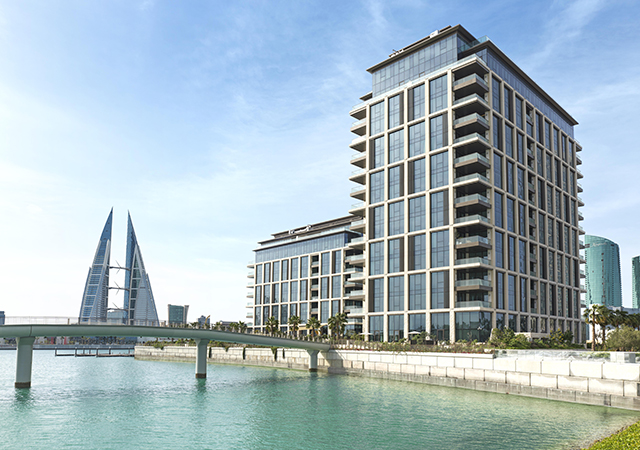
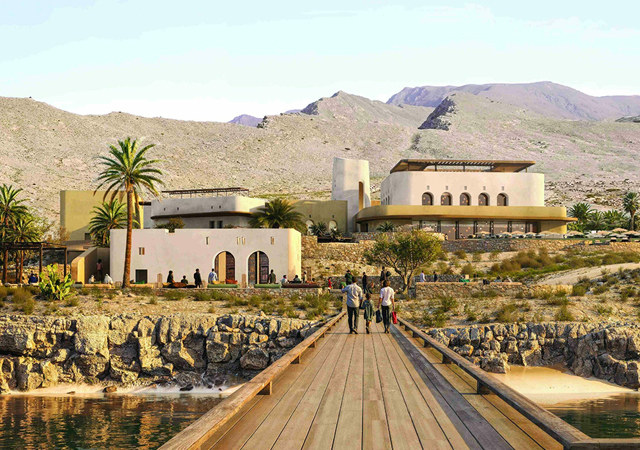
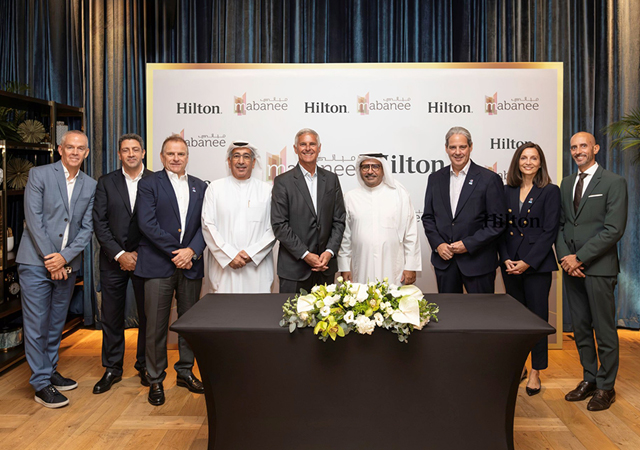
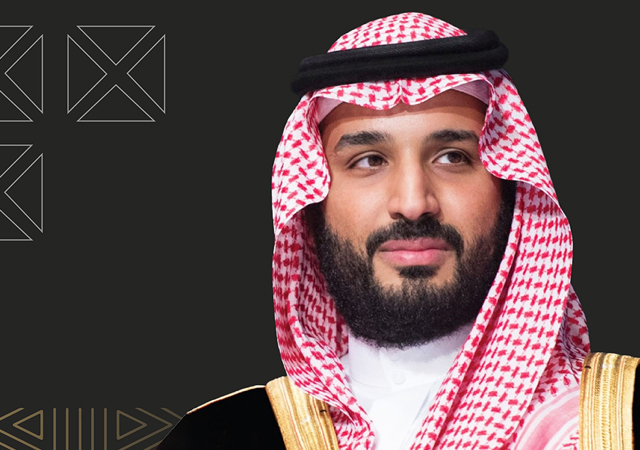
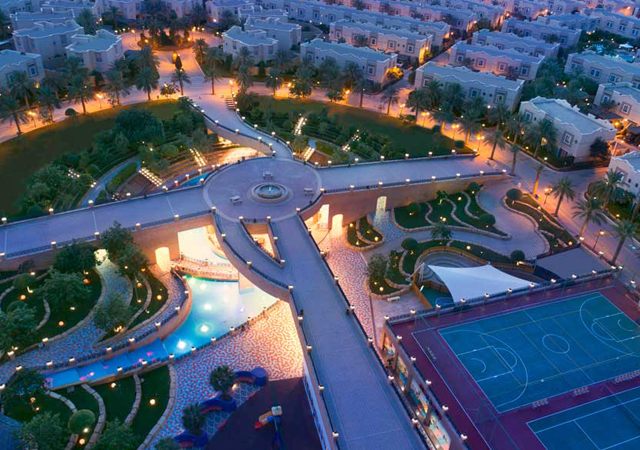
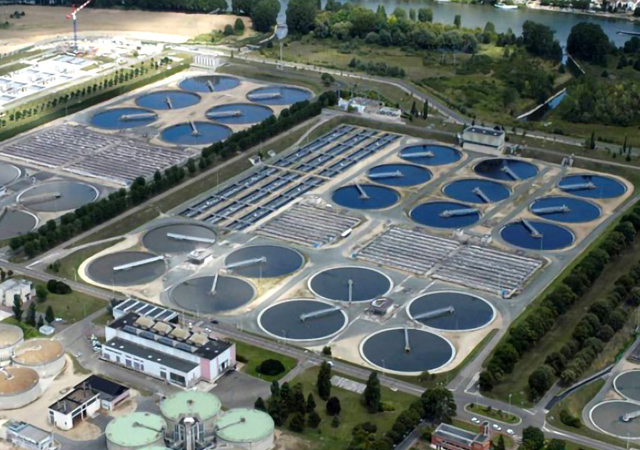
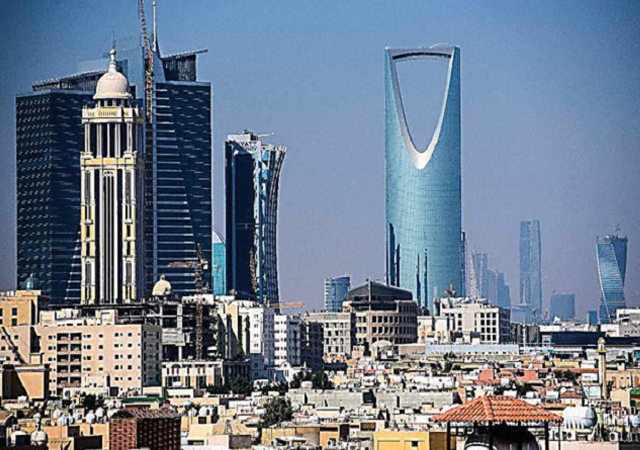

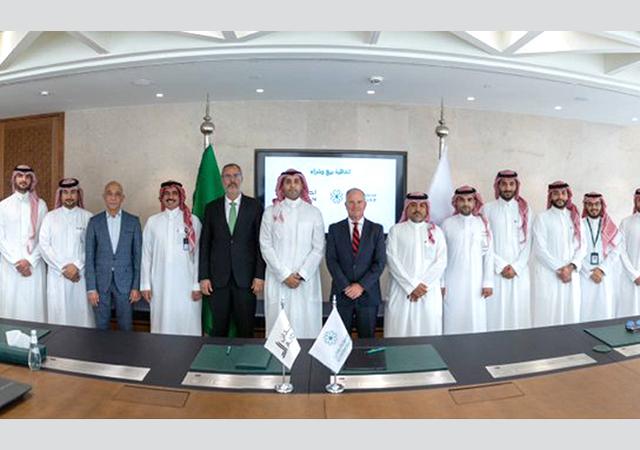
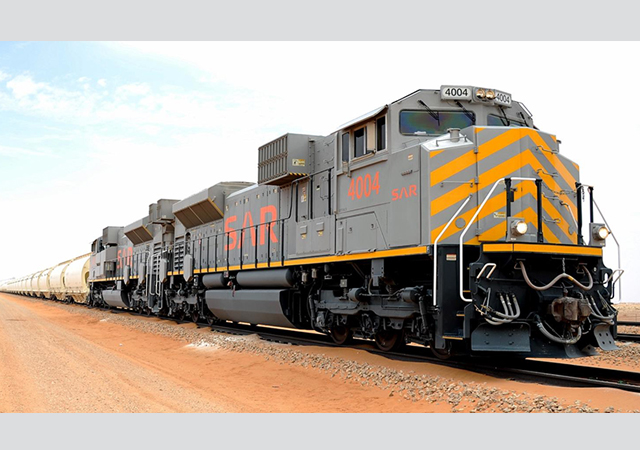
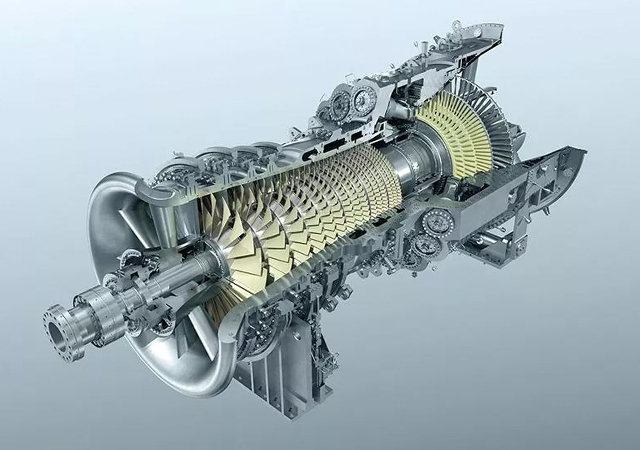
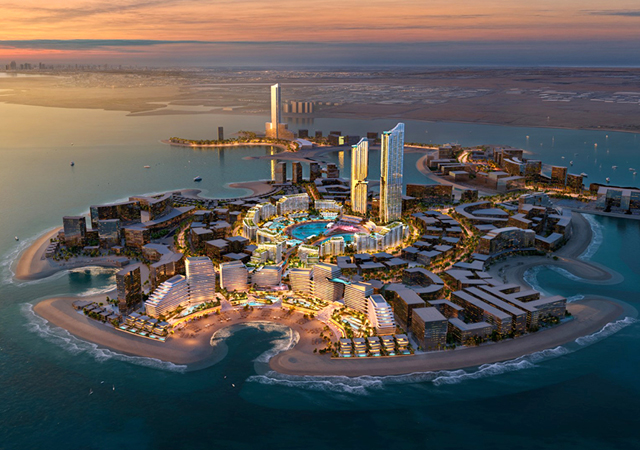
.jpg)
